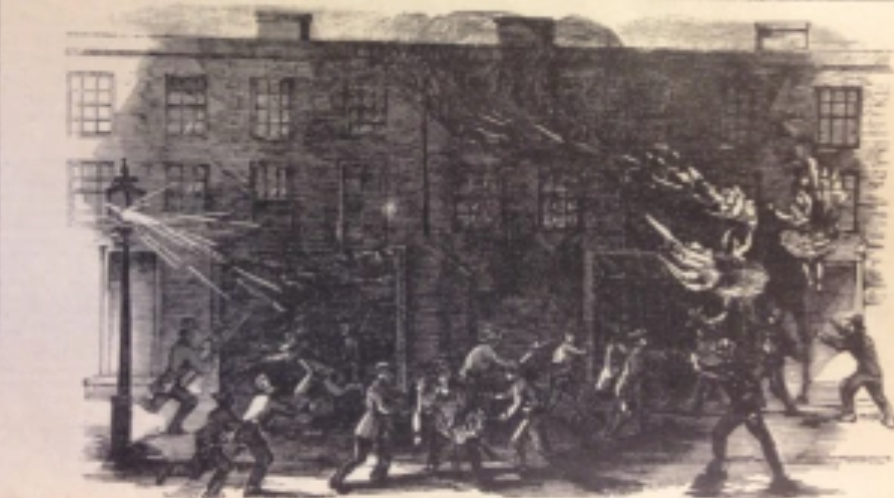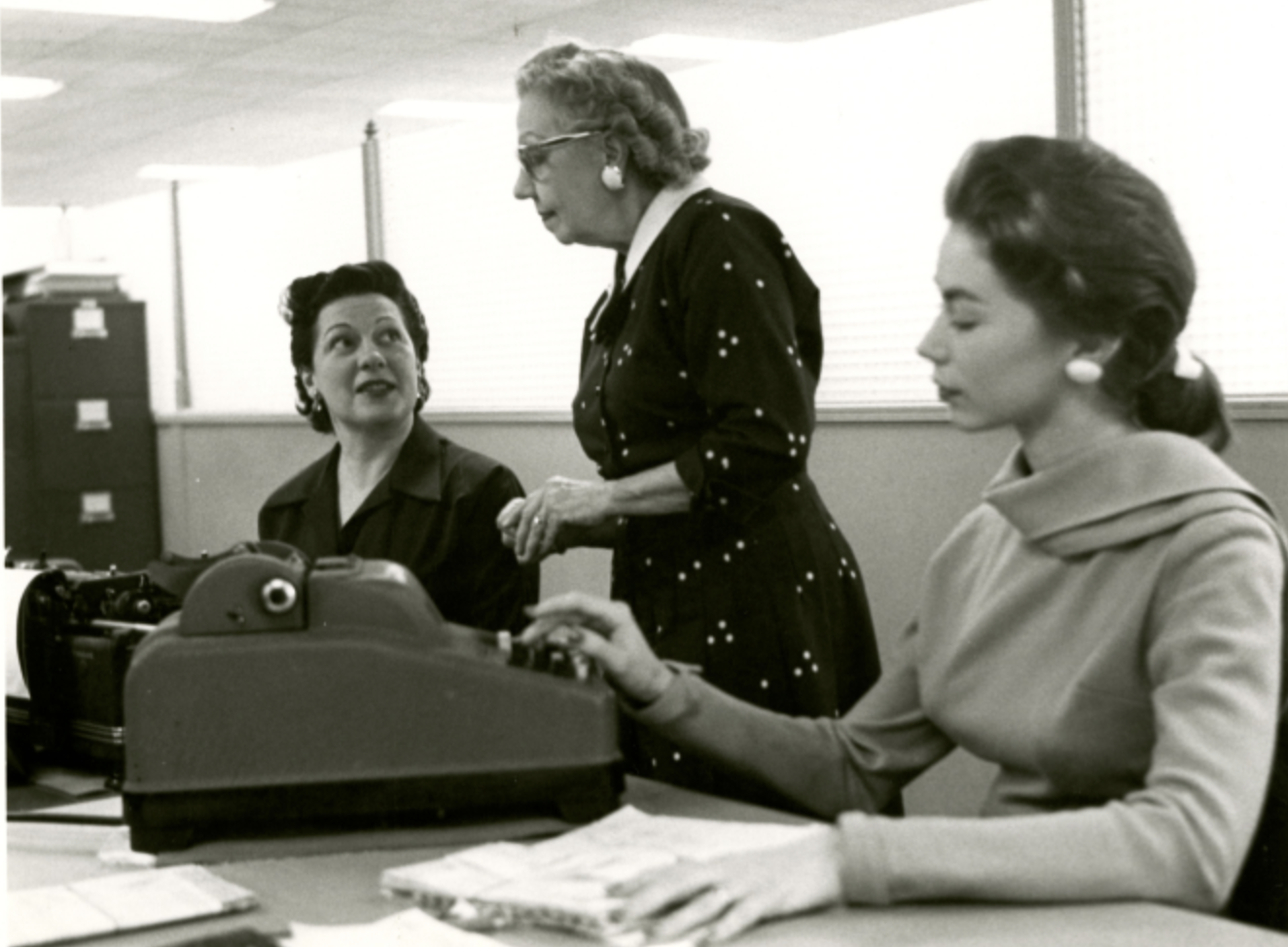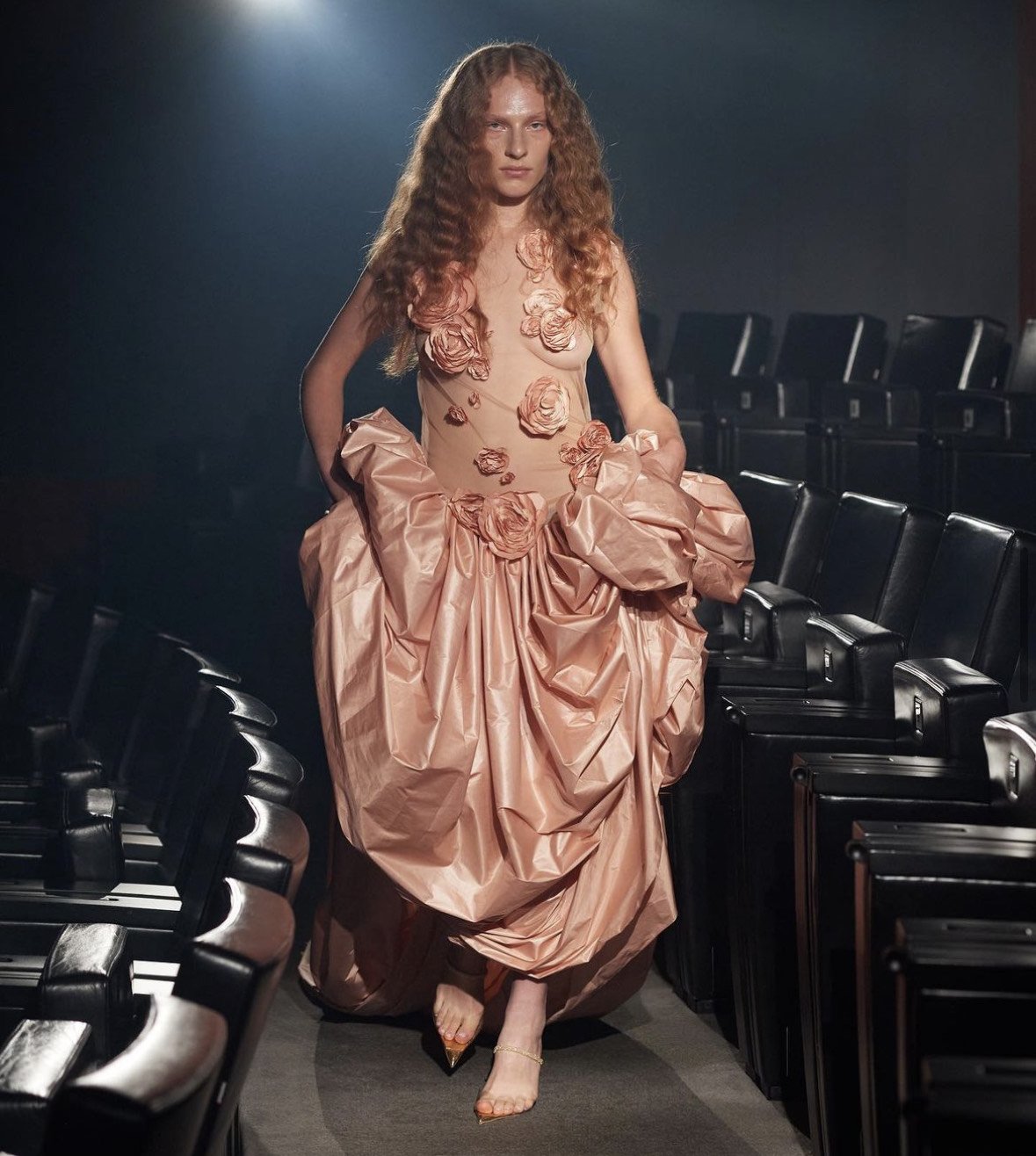The Flammable Dangers Of Victorian Ballet Costumes
Nowadays, we often joke ‘don’t go near an open flame’, if we’re wearing a particularly cheap, man-made fibre in our clothing. However, the likelihood of this happening is pretty slim! While today we link clothes catching fire with synthetic fibres, natural ones can be just as, if not more, flammable. Enter the innumerable instances of women going up in flames during the 19th century, all because of what they were wearing.
Ballet originated during the sixteenth century and by the 19th it was an ever-growing art. In 1832, Marie Taglioni first performed La Sylphide in a long white tulle skirt - a silhouette now known as the romantic length tutu. As Taglioni ethereally danced across the stage her skirt would follow, floating delicately behind giving the image of a nymph, dryad or other fairy-like supernatural beings. These darling tutus and beautiful costumes would be worn by almost all ballerinas as one of their valuable tools. The problem was, that they were a death trap.
During the 19th century, dresses could be made of a variety of fibres. Many garments were made from bobbinet, gauze, tarlatan and cotton muslin, all of which have an open weave making them the ideal fabric for a light, flowy gown. Both dancers and the average Victorian woman alike would wear these fabrics around gaslight and candles. And, as technology progressed and machines began to mass-produce these fabrics, they became available to women of all social classes. So, women everywhere were suddenly bursting into flames with almost zero warning. In 1860, the British medical journal the Lancet estimated that 3,000 women in one year died by fire.
What made these fabrics particularly dangerous? “If you imagine a sheet of newspaper and a hunk of wood, essentially, chemically, they are the same. But one will catch light way more quickly than the other. So if you have a very flimsy, flowing something that mixes well with air, it will burn quite readily,” says Martin Bide, a professor in the textiles, fashion merchandising, and design department at the University of Rhode Island.
While we have a tendency to romanticise ballet dancers, both modern and past, it must be noted that during the 19th century these dancers were, more often than not, overworked, sexually exploited and underfed. They rarely had good people looking out for their wellbeing, and dancers were too scared to speak out. And so, every single day these artists would don their highly flammable costumes and step out onto the stage. Today, stage lighting is controlled digitally by a human away from the stage and the physical lights tend to be held up near the ceiling. However, before those modern inventions, the stage was lit by gaslights along the downstage perimeter. If a dancer got too close then…up in flames she went. This wasn’t some sort of slowly catching fire where you can stop, drop and roll. It only took a second for you to become completely encased in deadly flames.
Emma Livry
One of these famous incidents happened to Victorian ballet dancer Emma Livry who, in 1862, performed in a classic romantic style costume with a corseted bodice and calf-length tulle skirt. During her entrance, her costume got too close to one of the gaslights and her costume caught fire. She is said to have run around the stage, engulfed in flames. Eventually, the fire was put out by a fireman and Livry survived for a further eight months before succumbing to blood poisoning due to her multiple injuries.
While Livry’s death is one of the most well documented and referenced, she was not alone. In 1861, at least six members of a corps de ballet (the ‘background’ dancers of a ballet) died whilst trying to help a friend whose costume had caught fire. In 1844, Clara Vestris Webster was performing in the ballet ‘The Revolt of The Harem’ at Theatre Royal Drury Lane in London (the theatre which currently houses the musical Frozen, which is somewhat ironic). During a scene which involved a bathtub Webster, in character, playfully threw water over her fellow dancers. As she did so, her skirt touched one of the sunken lights used to represent the bath. Unlike Livry, no one tried to help her. One account in the media at the time stated “The body was so much burnt that when it was put into the coffin, the flesh in parts came off in the hands of the persons who were lifting it, and on the same account it could not be dressed.”
In September 1861, there was a performance at The Continental Theatre in Philadelphia by the famous ballerina family the Gale sisters. During a costume quick change in their dressing room, Ruth Gale reached to grab her costume made of tarlatan but the hem got caught on a gaslight and it only took a second for her to become ablaze. In a frenzy of fear and panic, Ruth ran around the dressing room where she then ran into a glass mirror, only adding to the distress. While attempting to help, the other three Gale sisters also found themselves ablaze. As they desperately tried to save their own lives they all threw themselves out of the window and down into the street below. Incredibly, no members of the audience were injured but this was not the case for the ballerinas. Over the course of the next few days, all the Gale sisters would perish as well as several other dancers. They say between six and nine people died.
The Gale sisters throwing themselves from the windows. Frank Leslies Illustrated News 28 Sept 1861.
Perhaps the most upsetting part of all of this, is that in 1859 changes did begin to occur. In France, a decree was issued that required theatres to introduce the use of flame-resistant fabrics. These far safer tutus tended to be stiffer than the flowing costumes preferred by most dancers and so many, including Livry, refused to use them. After all, the preferred style of ballet at the time was romantic, demanding costumes that flowed easily. Work was not abundant for these dancers and they would do anything to keep their jobs and keep people happy, even if that meant knowingly risking their lives. As much as it sounds like these women had a choice, it was simply very dangerous to dance professionally during this time period.
In the 21st century, buying tickets to see the ballet is an exciting moment as you will experience an evening of beautiful and expressive art. In the 19th century, the dangers of the stage had become so ingrained in society that a night at the ballet was viewed slightly differently. Tickets were often macabrely labelled as ‘tickets to the tomb’. It was just one of those things and most people turned a blind eye.
Perhaps we should end with a note that, while women were dying left, right and centre from these violent flames, men very rarely met the same fate. These fabrics were mostly only used in women's clothing, be that a housewife’s dress or the costume of a prima ballerina.










